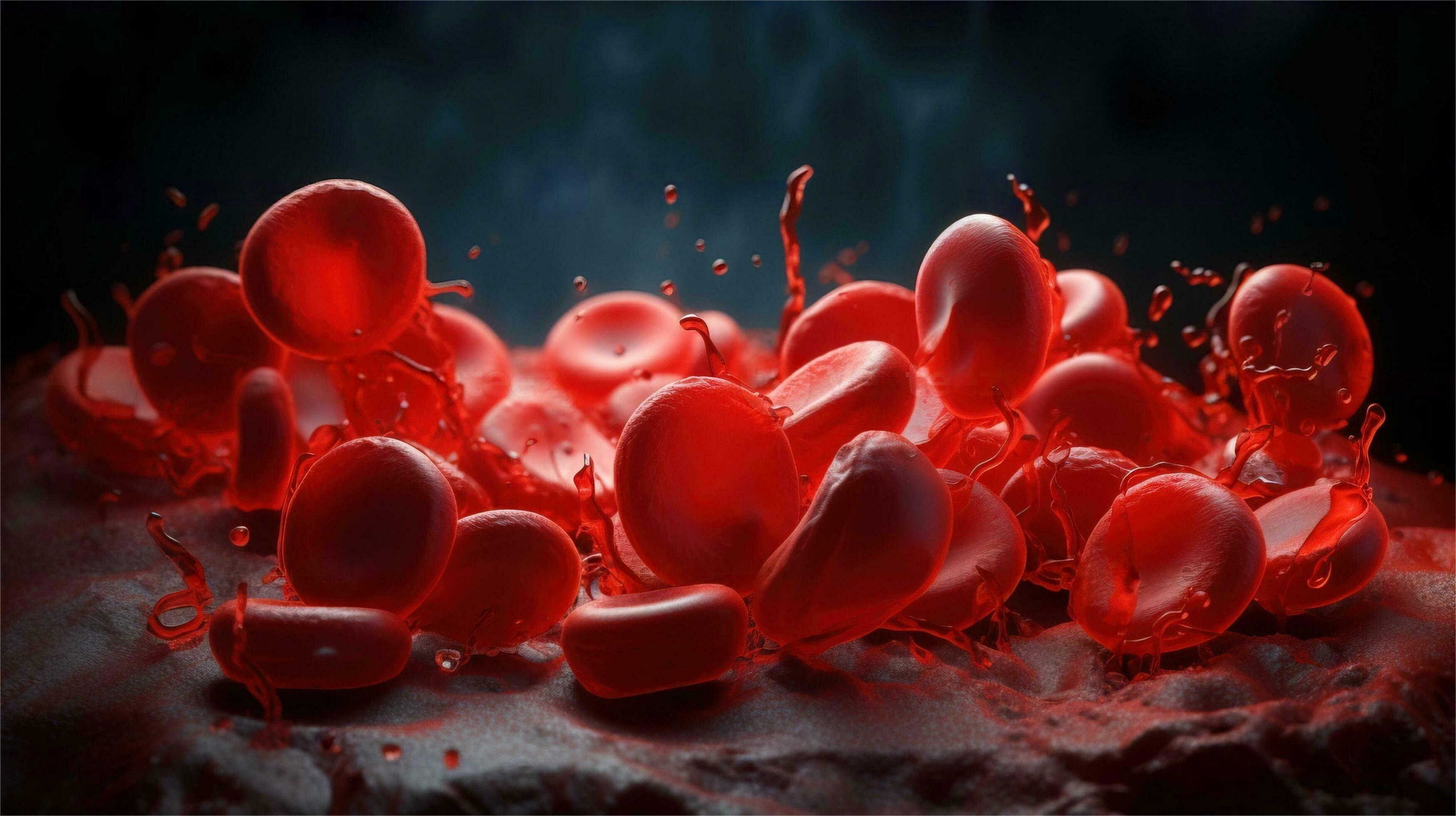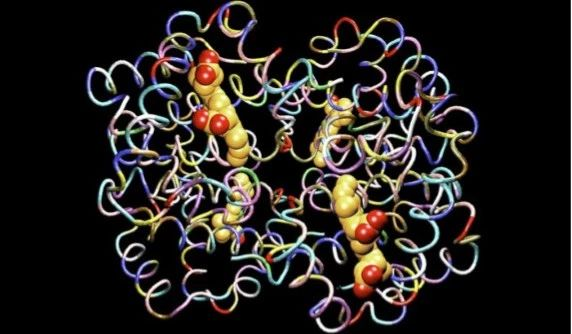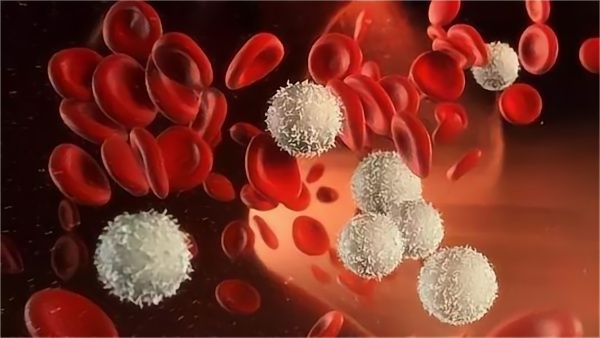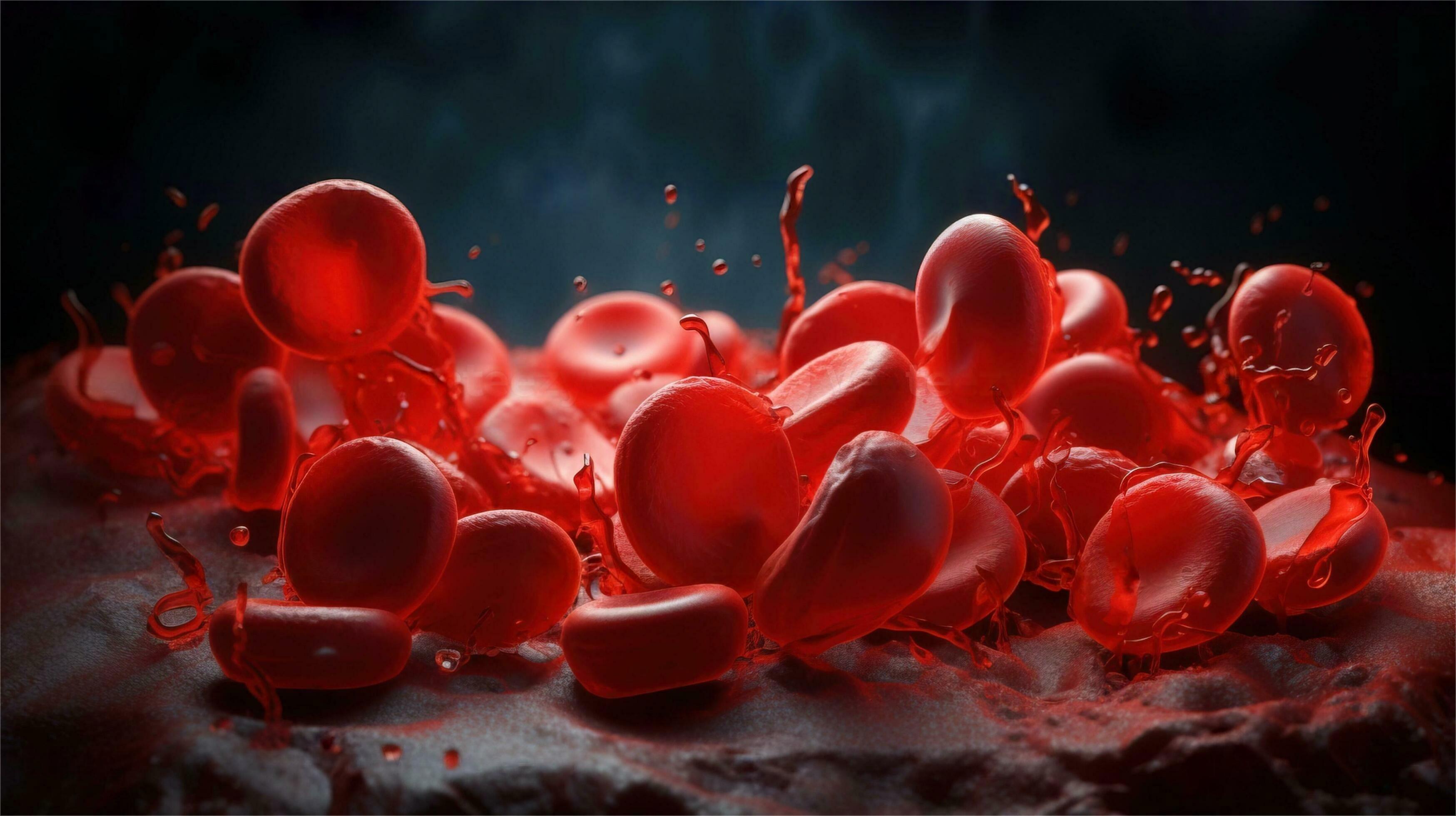BIOS is established in 2024 and registered in Hong Kong, China. We focuses on the product development and commercial production of hemoglobin oxygen carrier-related medicinal product and medical devices. In early 2024, BIOS has completed the acquisition of New Alpha Innovation (NAI) Limited’s hemoglobin-based oxygen carrier (HBOC) project and Redpharm Biotechnology Limited, including all registered and registering drug certificates, intellectual property rights, and proprietary technologies around the world; such that BIOS has become the global leading company in artificial hemoglobin area.
Products effectively provide oxygen to the whole body and various tissues and organs through intravenous injection and extracorporeal circulation. The company has six core products: Oxapex®, Oxamex®, YQ23®, OP-101, HB-201, and AP-301 for human and animal use respectively.
In 2012, Oxapex® was certificated as a new drug in New Zealand. It is a kind of animal hemoglobin treatment drug. After injection, Oxapex® can increase the hemoglobin content in the blood, improve the body's oxygen load, improve tissue oxygenation, and effectively reduce the clinical symptoms of acute anemia. After that, it obtained Minor Use permits from the APVMA and the US FDA respectively, and included in the Index of Legally Marketed new drugs for the treatment of a small number of animal species Unapproved New Animal Drugs for Minor Species.
In 2023, Oxamex® was approved by the CVMP, which is part of the EMA, for the treatment of dogs with hemorrhagic shock.
In 2023, Oxamex® was approved by the British VMD for the treatment of dogs in hemorrhagic shock.
In 2020, YQ23® completed Phase I clinical trials in humans in the UK.
In 2020, YQ23® began Phase Ib clinical trials in Hong Kong, China for Advanced Solid Tumors.
In 2021, YQ23® carried out Phase Ib/IIa clinical trials in Hong Kong, China for Critical Limb Ischemia (CLI).
Since 2020, HB-201 and AP-301 have respectively conducted a number of preclinical studies on animal anemia, hemorrhagic shock, pulmonary fibrosis, tumor sensitization, cardiovascular and cerebrovascular diseases caused by various diseases.








